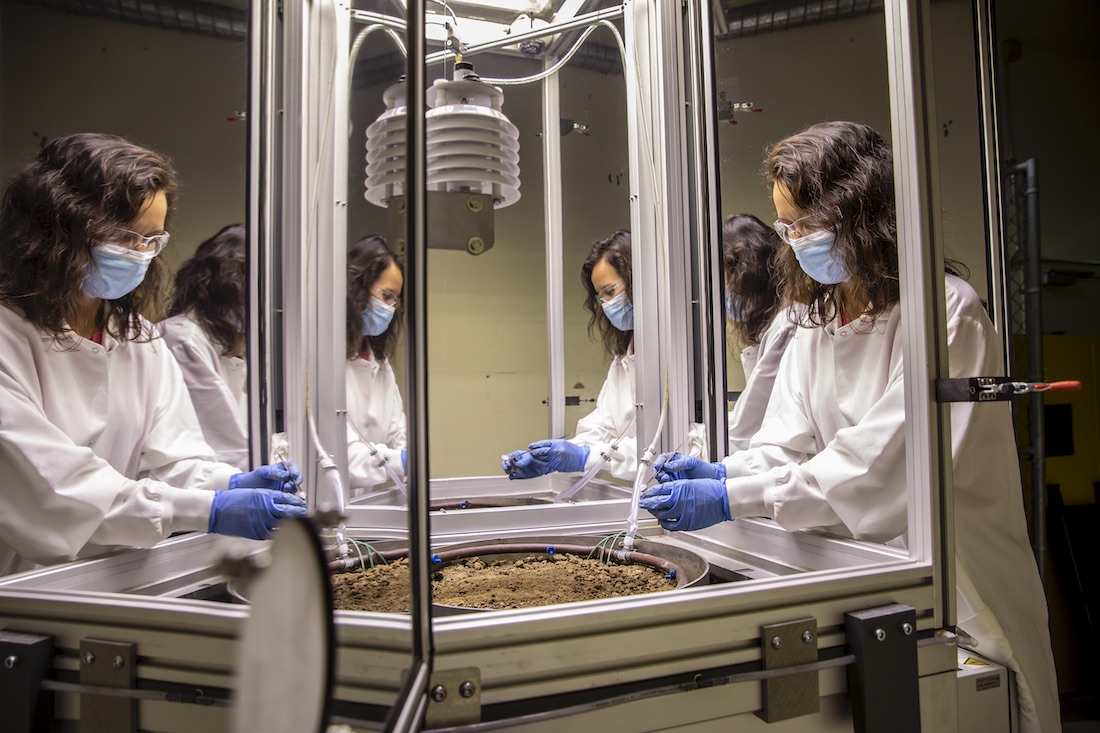The air, soil, water, and microbes surrounding an individual plant represent one tiny fraction of an ecosystem. And yet, when you look closely, this little slice of organic and inorganic material is a universe unto itself, filled with thousands of chemicals and populated by billions of organisms conducting incalculable interactions every second.
Within such microcosms are answers to long-standing and large-scale questions such as how organisms across the planet are responding to climate change, how nutrients cycle through the food chain, and how we humans can engineer productive and drought-resistant crops. So, scientists and engineers from the Department of Energy’s Lawrence Berkeley National Laboratory (Berkeley Lab) teamed up to create a unique platform that can be used to study all aspects of these miniature environments with unprecedented precision and control.
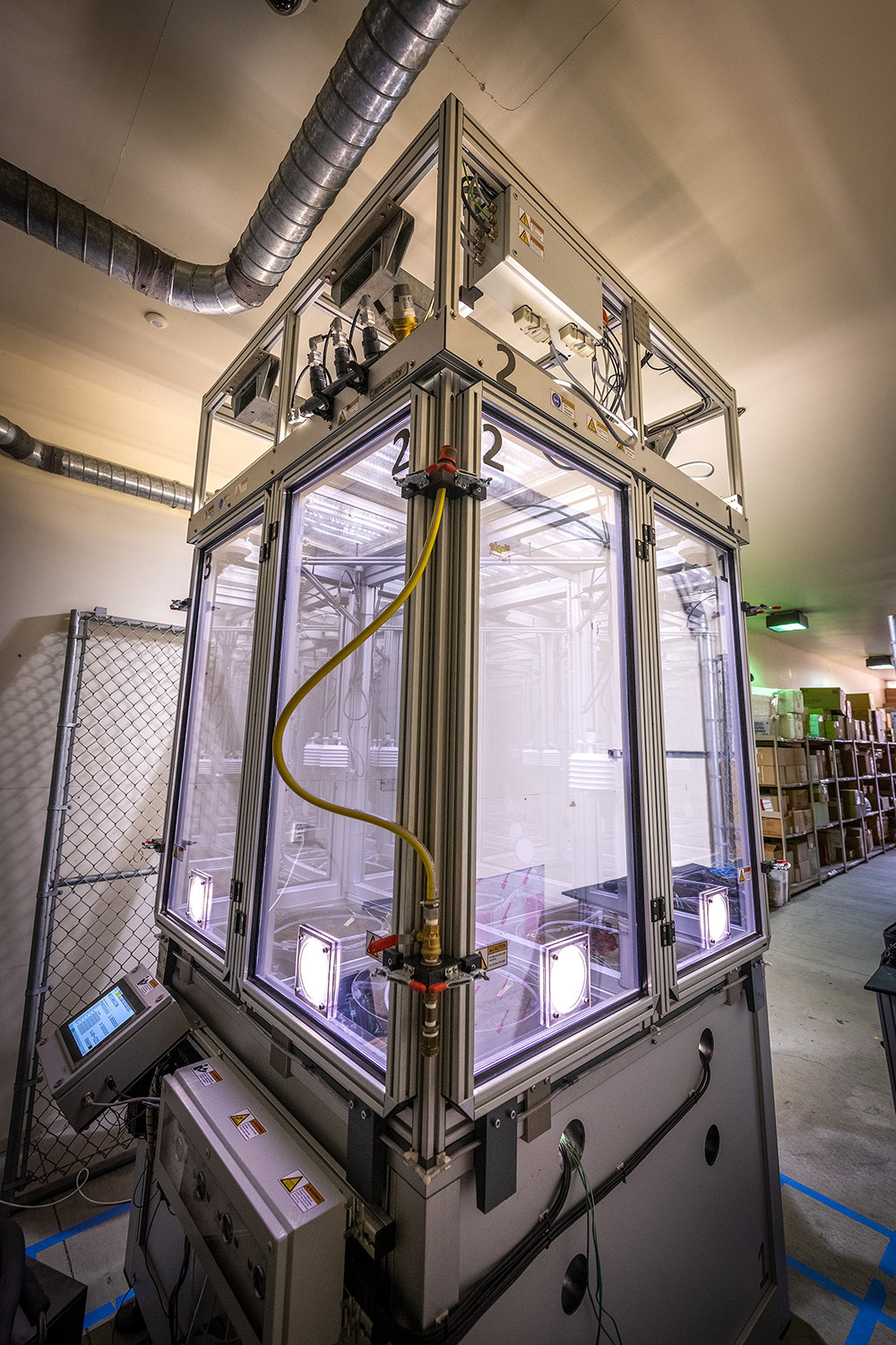
The first EcoPOD is delivered and set up at Berkeley Lab’s Potter Street location.
The technology, named EcoPOD, is essentially a high-tech growing chamber, about the size of a Mini Cooper perched on one end, that allows plants to be grown under highly controlled conditions. The inner chamber can house a little over 0.5 cubic yards of soil, has room for about five feet of atmosphere, and is equipped with sensors that measure both above and below-ground characteristics. Other devices precisely control the environment within the EcoPOD chamber – including water, humidity, temperature, light intensity and light wavelength – to allow simulations of past, present, and future climate scenarios, as well as manipulation of individual environmental parameters.
“We developed the EcoPOD because there was a recognition that you can’t just do plant biology, you can’t just look at soil, and you can’t just do atmospheric science – they’re all linked,” said project participant Esther Singer, a research scientist in the Environmental Genomics and Systems Biology (EGSB) of the Biosciences Area. “The platform allows you to evaluate the impact of many different factors that affect ecosystem processes simultaneously, and provides an opportunity for scientists with diverse expertise to combine their knowledge by working on the same experiment together.”
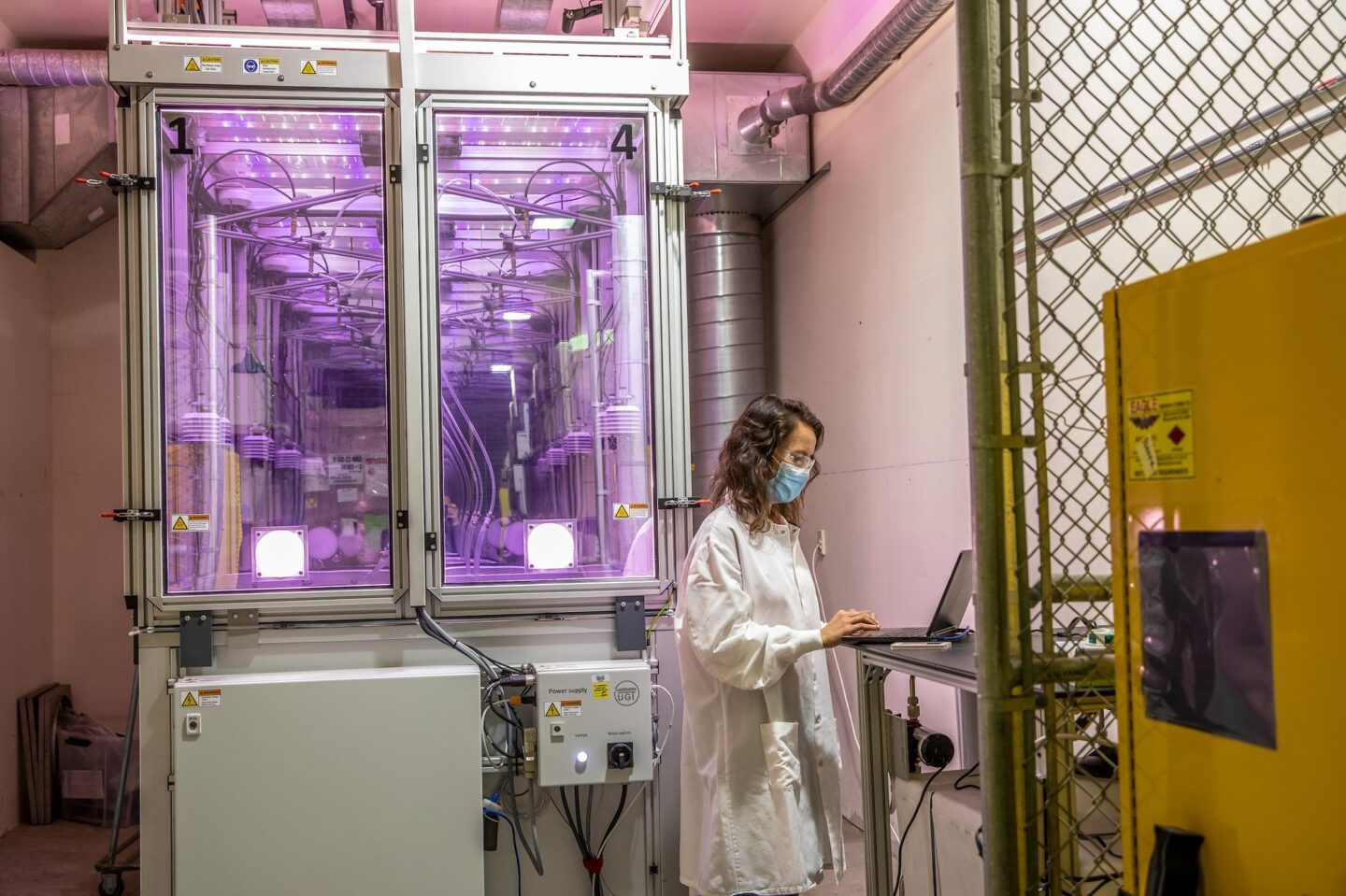
The very first EcoPOD is now fully assembled and tested, with preliminary experiments under way following three years of research and design by a diverse team of Berkeley Lab staff, in collaboration with the instrument vendor company, called UGT.
“It’s a truly multidisciplinary tool. Getting it to this stage required intense collaboration between our engineers, operations staff, and scientists. Now that it’s here, many researchers are excited to use the technology for novel experiments,” said Horst Simon, Deputy Lab Director for Research. Mary Maxon, Associate Laboratory Director for Biosciences, agreed, adding, “In a short time, the EcoPOD has become a cornerstone for research in our Area and will be the foundation for many collaborations, both inside the Lab and out.”
An issue of scale
According to Jenny Mortimer, an affiliate scientist in the EGSB Division and an early EcoPOD advocate, the idea for something like an EcoPOD existed in the scientific community long before anyone built one. The decision to actually try doing so arose naturally from the process of developing another one of Berkeley Lab’s cross-disciplinary, ecosystem investigation tools called EcoFAB. About the same size as the box a cell phone comes in, the EcoFAB is a transparent plastic container that can hold a seedling plant and a small dollop of soil.
“Berkeley Lab scientists were creating this EcoFAB system, which is great for studying small-scale plant-microbe-soil interactions and is very reproducible, but it’s a very reductionist way of looking at things,” Mortimer, who is now at the University of Adelaide in Australia, explained. “And the Lab also has a bunch of people doing research in the field, looking at these complete, incredibly complex systems, but they’re nearly impossible to replicate. We needed something in between, and we felt like we had the expertise to pull it off.”
Though still far from the complexity of a field experiment, the platform will enable studies of plants, microbes, and geochemical processes that more closely recreate the conditions found in nature – the biggest challenge of any indoor study – while retaining experimental control. For Mortimer, also serving as director of Plant Systems Biology at the Joint BioEnergy Institute, that means being able to explore how biofuel crop species respond to individual environmental stresses so scientists can engineer plants that are as productive and climate-resistant as possible. For example, in a field experiment, drought is always accompanied by temperature fluctuations, but in an EcoPOD, Mortimer could adjust water levels while keeping the temperature constant. Then, by performing genetic analyses on surviving plants, she and her colleagues can zero in on the genes responsible for drought tolerance.
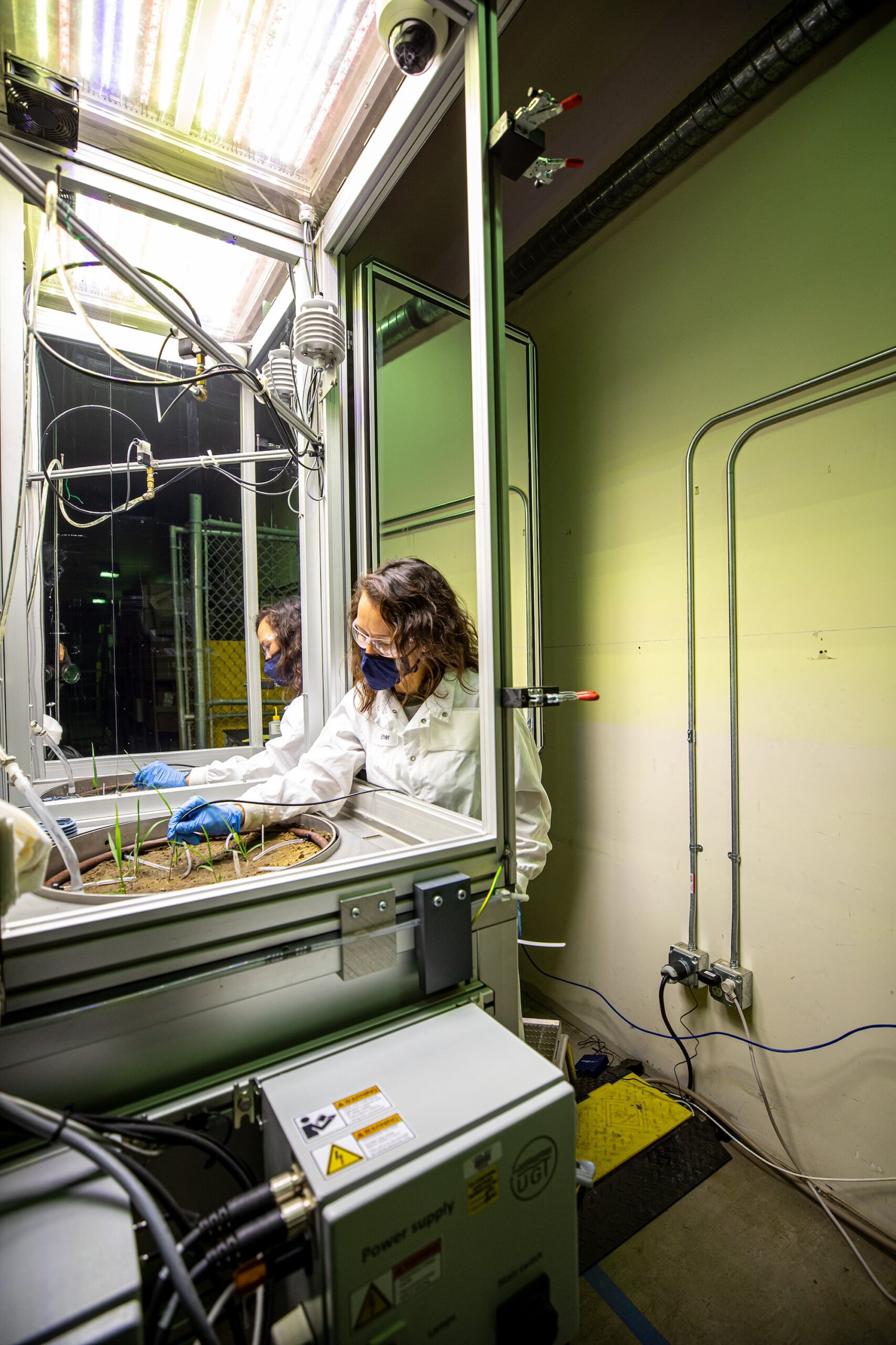
Esther Singer looks over plants in the EcoPOD.
“It’s estimated that less than 1% of the microbial diversity found in nature has a been studied in a lab, and for that 1%, we don’t know the functions of more than half of their genes,” he said. “One very reasonable hypothesis is that many these unknown functions have to do with interactions with their environment and other organisms, and so we need to move from studying microbes in isolation to studying them within more relevant ecosystems to discover these functions.” Northen plans to introduce organisms isolated from natural environments into the fabricated ecosystems, where they can study their activities in real world conditions and how they change when key genes are altered. “By doing this, we’ll not only be able to better understand our environment, but we’ll also be able to identify metabolites and microbes that can be used for sustainable practices and technologies, for example, microbes that help plants pull carbon out of the atmosphere and restore our soils that have been damaged through poor land management practices,” he said.
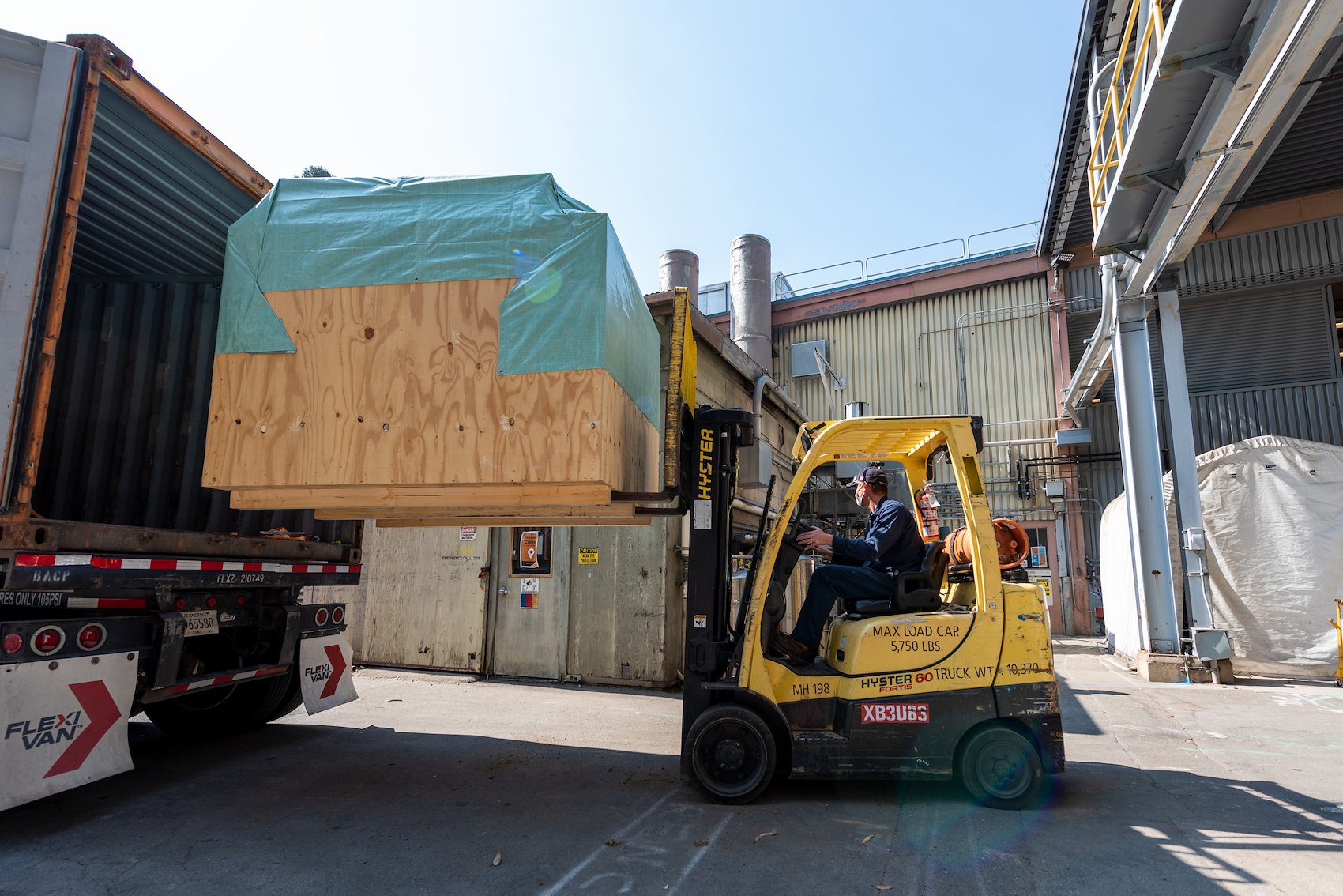
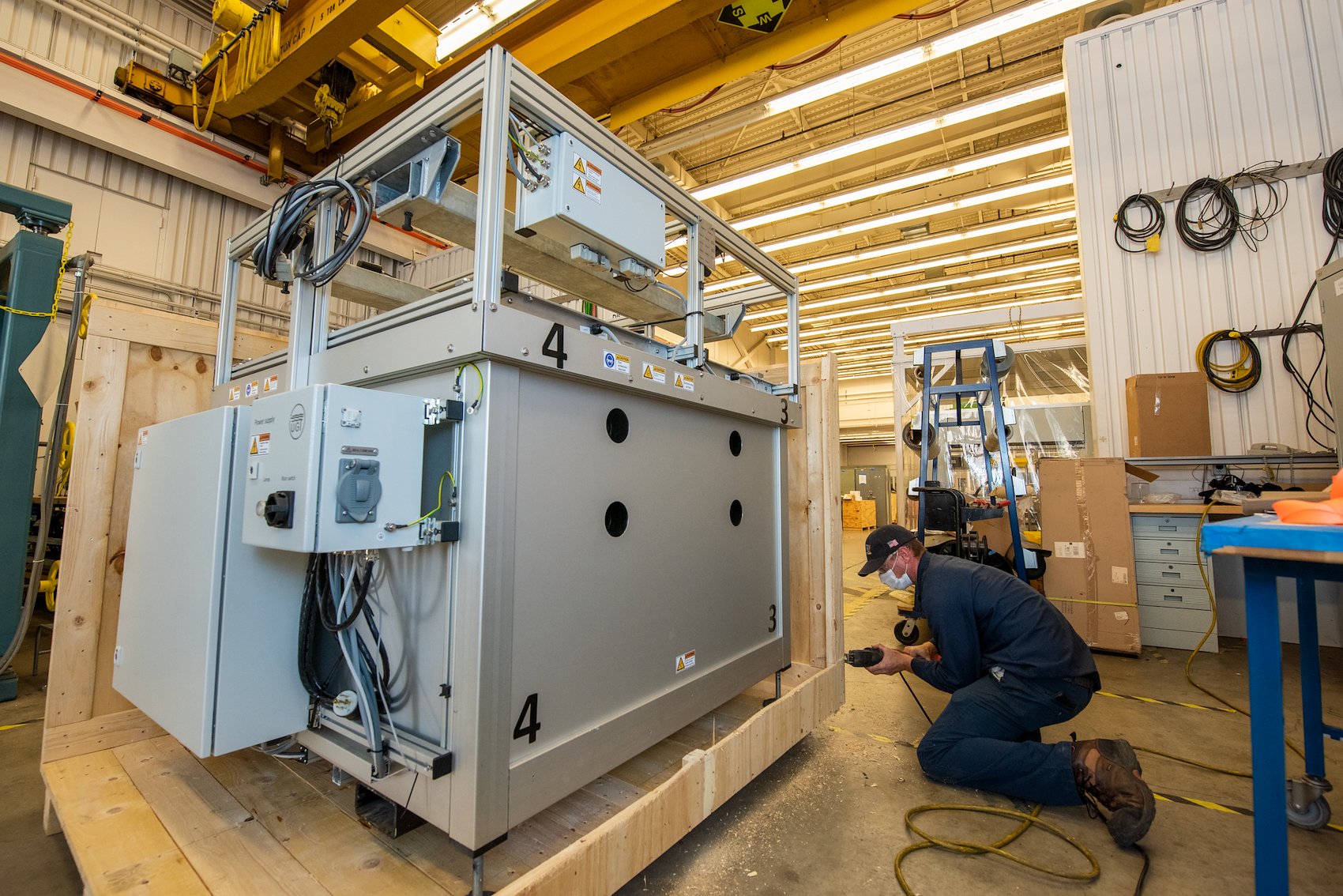
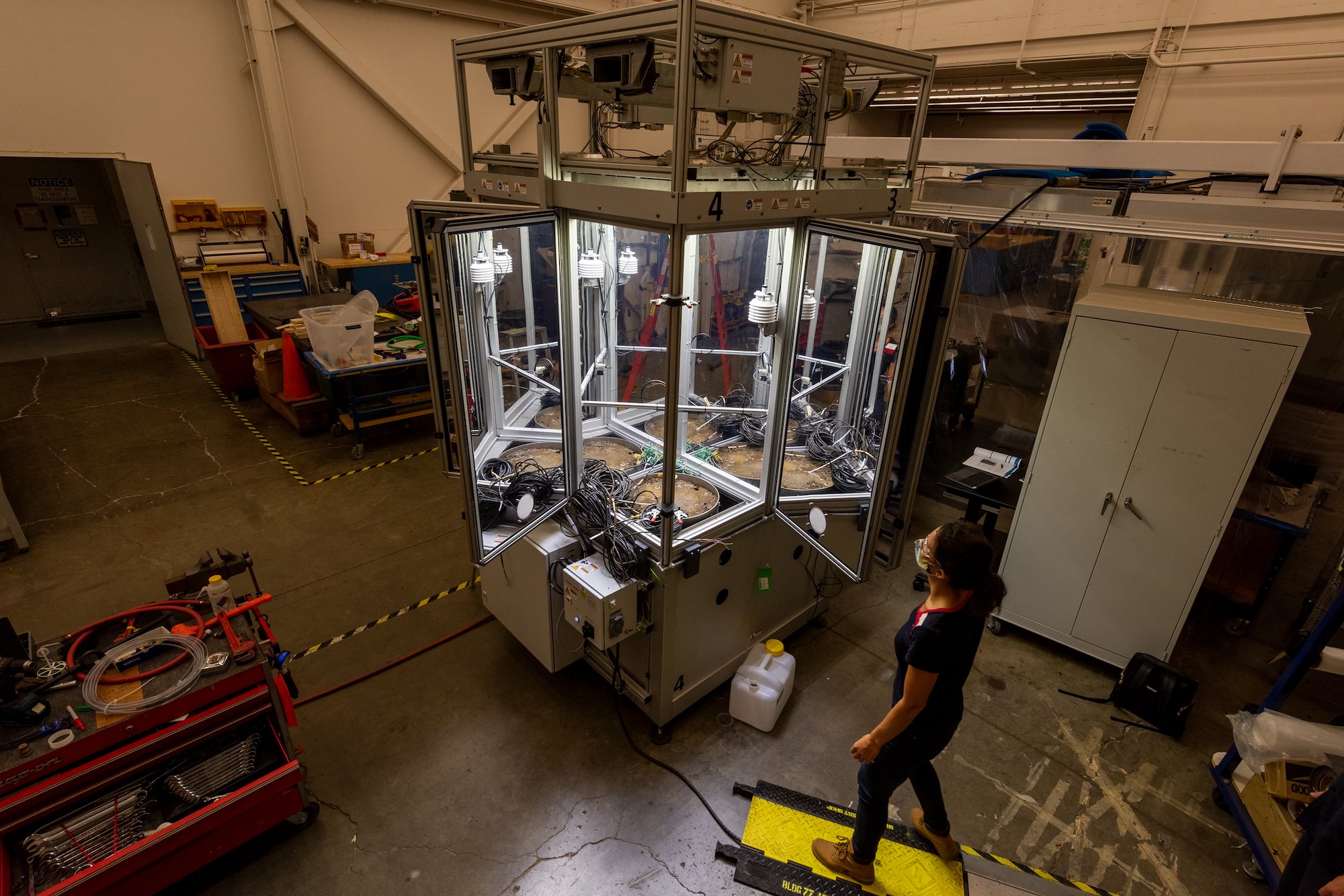
A suite of sensors
Many of the experiments planned for the EcoPOD would be impossible without the vessel’s numerous physical and chemical sensors, which are capable of continuous, real-time monitoring of factors such as humidity and air composition. And, on top of the sensors already in place on the prototype, the EcoPOD team is looking forward to working with sensor technology experts to develop a range of new, sophisticated detection tools that can be embedded in soil.
These high-tech additions will let scientists track real-time changes to miniature ecosystems growing within the vessel without destructive sampling. “Currently, there are very few sensors that can continuously operate in soil. Detecting chemicals and biological activity in an opaque medium is quite challenging,” said Singer. “But it’s of huge interest to many of our scientists because of the potential impact not only to ecology, but also fields like bioremediation. Imagine if you could detect a contaminant in the environment without having to dig around, which disrupts habitats and drives up labor costs.”
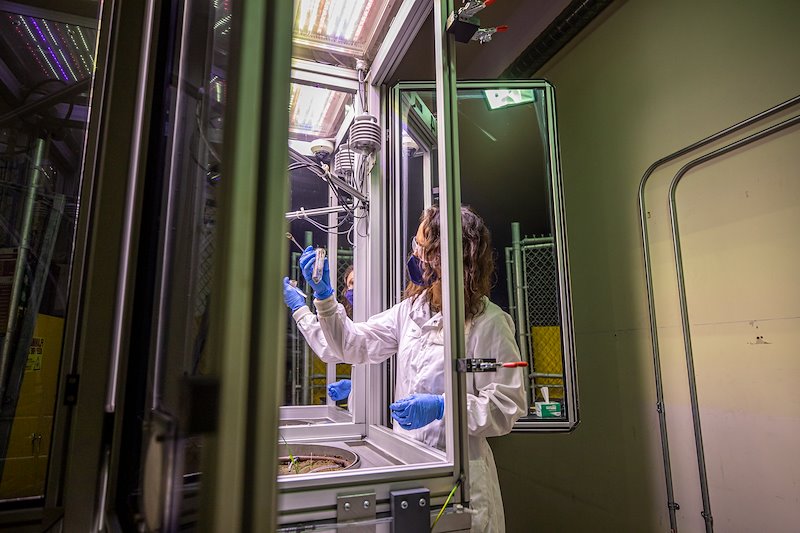
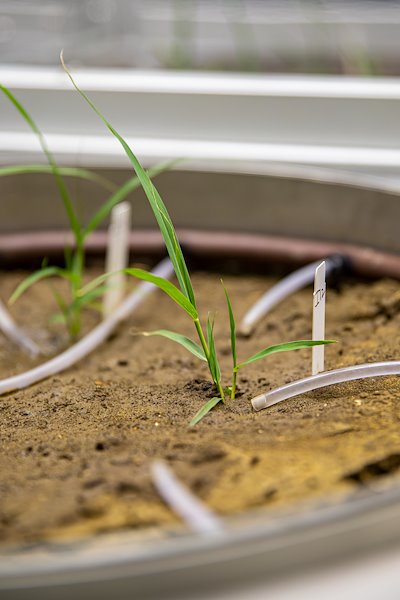
From the microbes up
After the first EcoPOD prototype has been beta tested and fully decked out with sensors and other experimental accoutrements, it will join Berkeley Lab’s other ecosystem research tools in the upcoming Biological & Environmental Program Integration Center (BioEPIC). Slated for construction starting in 2022, BioEPIC will provide a collaborative, shared research space for scientists who are studying ecosystem interactions across scales, from molecular interactions like the symbiosis between fungal cells and plant roots, to large processes such as how plants and soils sequester carbon.
“The EcoPOD offers so many opportunities,” said Maxon. “In addition to scaling up to field studies, this technology allows us to scale down to molecules and genomes to understand ecosystem complexity and dynamics on a very fundamental level. When we understand these interactions, we will begin to truly grasp the interconnectedness of systems biology.”
The EcoPOD project is funded in part by Berkeley Lab institutional funds, including the LDRD Program, and the Office of Science through the m-CAFEs Scientific Focus Area.
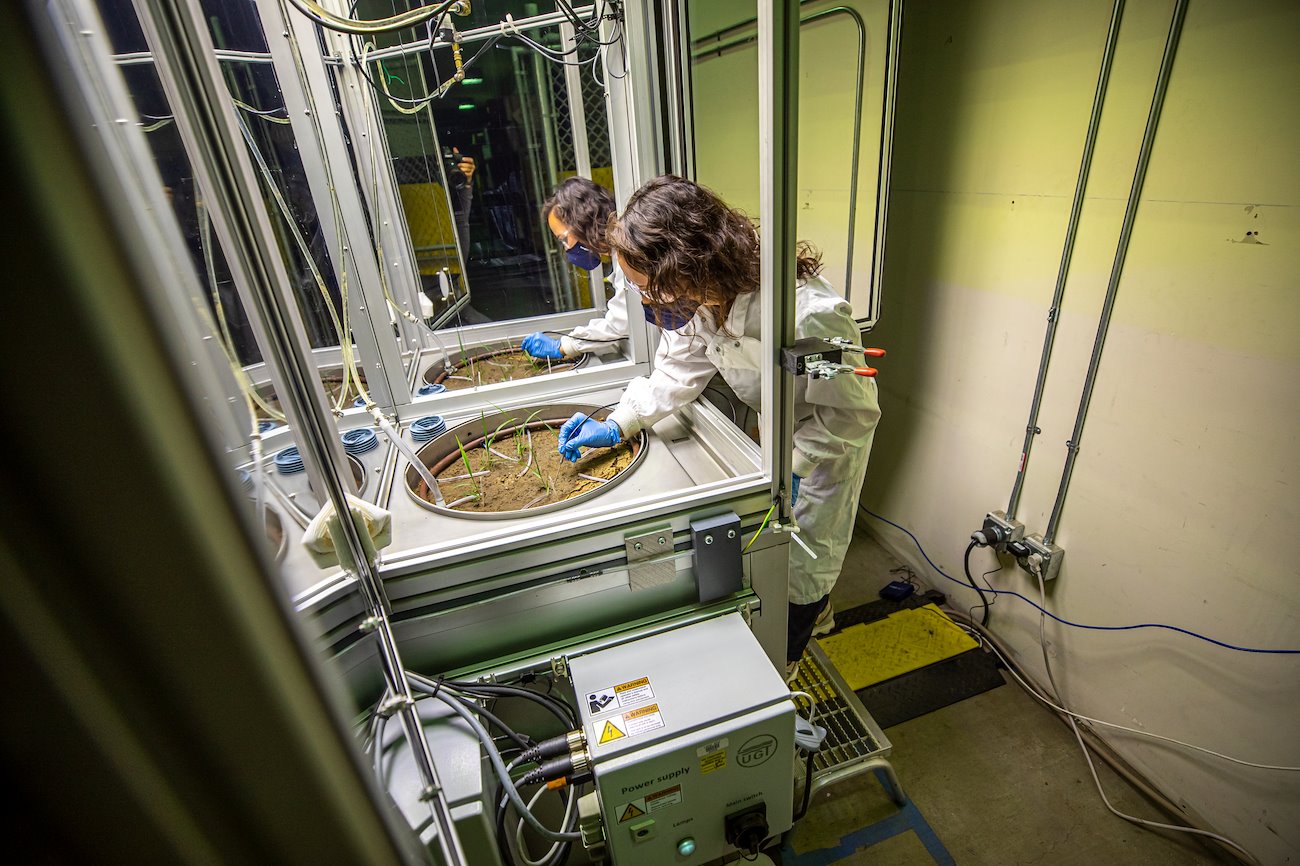
Photos and video by Marilyn Sargent and Thor Swift.
###
Lawrence Berkeley National Laboratory (Berkeley Lab) is committed to delivering solutions for humankind through research in clean energy, a healthy planet, and discovery science. Founded in 1931 on the belief that the biggest problems are best addressed by teams, Berkeley Lab and its scientists have been recognized with 16 Nobel Prizes. Researchers from around the world rely on the lab’s world-class scientific facilities for their own pioneering research. Berkeley Lab is a multiprogram national laboratory managed by the University of California for the U.S. Department of Energy’s Office of Science.
DOE’s Office of Science is the single largest supporter of basic research in the physical sciences in the United States, and is working to address some of the most pressing challenges of our time. For more information, please visit energy.gov/science.
